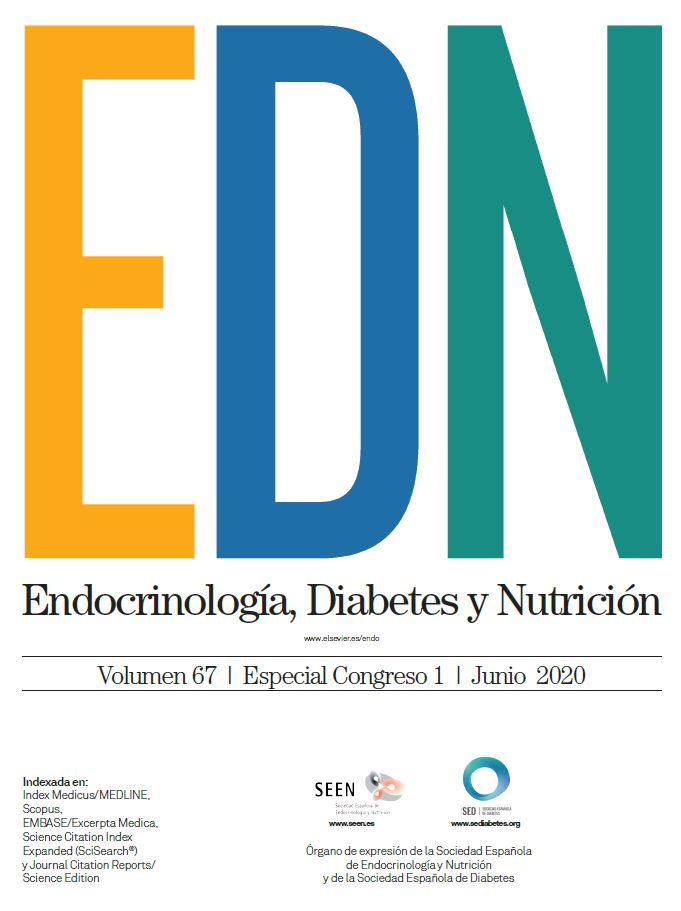P-102 - ROLE OF EXOSOMES IN PANCREATIC BETA-CELLS SURVIVAL AND POTENTIAL LINK BETWEEN T2DM AND NEURODEGENERATION
Bioquímica y Biología Molecular, Universidad Complutense de Madrid, Madrid.
Introduction: Intercellular communication played a role in the development of not only the physiological but also the pathological events along tissues and organs, being this effect especially relevant in the progression of neurodegenerative disorders, such as Parkinson´s disease (PD) and Alzheimer´s disease (AD). Thus, neuronal cells release α-synuclein or β-amyloid (Aβ) aggregates into extracellular vesicles (EVs) called exosomes. Indeed, the occurrence of exosomes have been recognized as an intercellular communication strategy since their finding, but now they are also standing out as cellular detoxifying mechanism. Previously, we have studied the pathological role of human amylin (hIAPP) in type 2 diabetes mellitus (T2DM) and, based on epidemiological associations between neurodegenerative diseases and T2DM, we addressed the challenge of a causative link between these two pathologies.
Objectives: Our objective is to unravel if pancreatic β-cells could eliminate hIAPP aggregates by secreting them into exosomes. We also want to determine how autophagy and exosome secretion are coordinated in pancreatic β-cells in order to alleviate the cellular stress caused by the accumulation of this aggregates. Finally, we also have performed experiments to assess the effects of exosomes secreted by pancreatic β-cells on a hippocampal cell line (HT-22), in order to unravel a possible signal crosstalk between pancreas and brain.
Material and methods: Our studies have been performed in three insulinoma cell lines, INS1-E, overexpressing rat and human amylin (INS1-E rIAPP and INS1-E hIAPP). We used a synthetic organic dye designed by the organic chemists to identify hIAPP aggregates. We isolated exosomes from these cell lines, and their content was analysed. We used a chemical inhibitor (GW4869), and two ESCRT-I complex specific shRNAs, to block exosome secretion. We also used a mouse hippocampal cell line (HT-22) to determine INS1-E-derived exosomes effects.
Results: We assayed that the organic dye MG5 was able to label specifically hIAPP aggregates in INS1-E hIAPP cells. We found that in an in vitro model, in high glucose conditions, pancreatic β-cells use exosome secretion as a detoxifying mechanism, and when it was blocked, insulinoma cells compensated it by overreacting autophagy. These effects were enhanced when ESCRT-I complex proteins were silenced by shRNA. We also observed similar effects on HT-22 cells exposed to INS1-E hIAPP-derived exosomes as compared with previous evidences observed in INS1-E hIAPP cells.
Conclusions: Our data support that exosome secretion could be an alternative strategy to mitigate hIAPP aggregation stress inside pancreatic β-cells. Exosomes released bearing human amylin cause similar negative effects on hippocampal cells compared to those observed in INS1-E hIAPP cells, strengthening the hypothesis of the influence of T2DM characteristic hIAPP aggregates on brain and other tissues. Our next step is to assess this potential link in an in vivo model of T2DM overexpressing hIAPP in pancreas.







